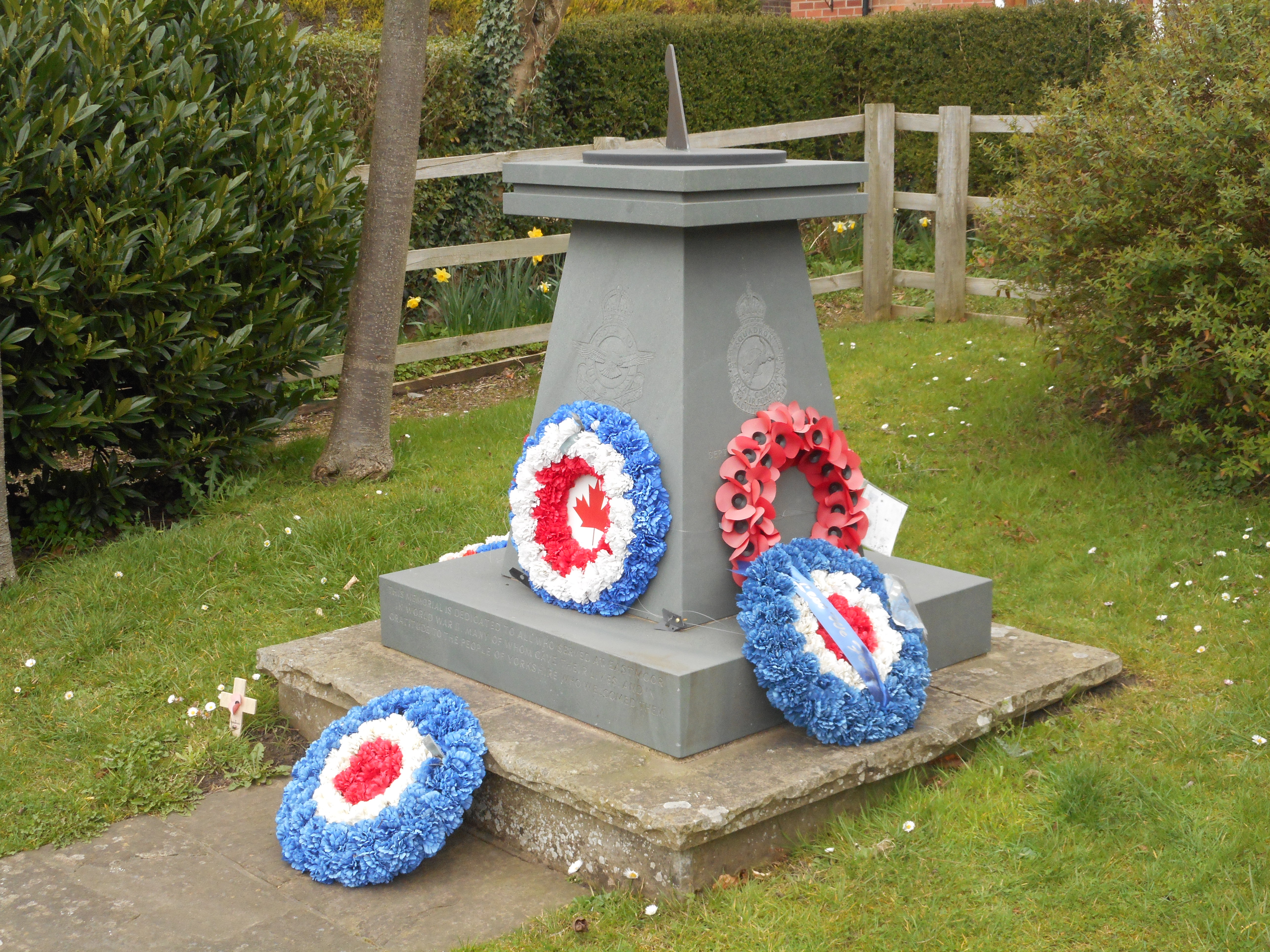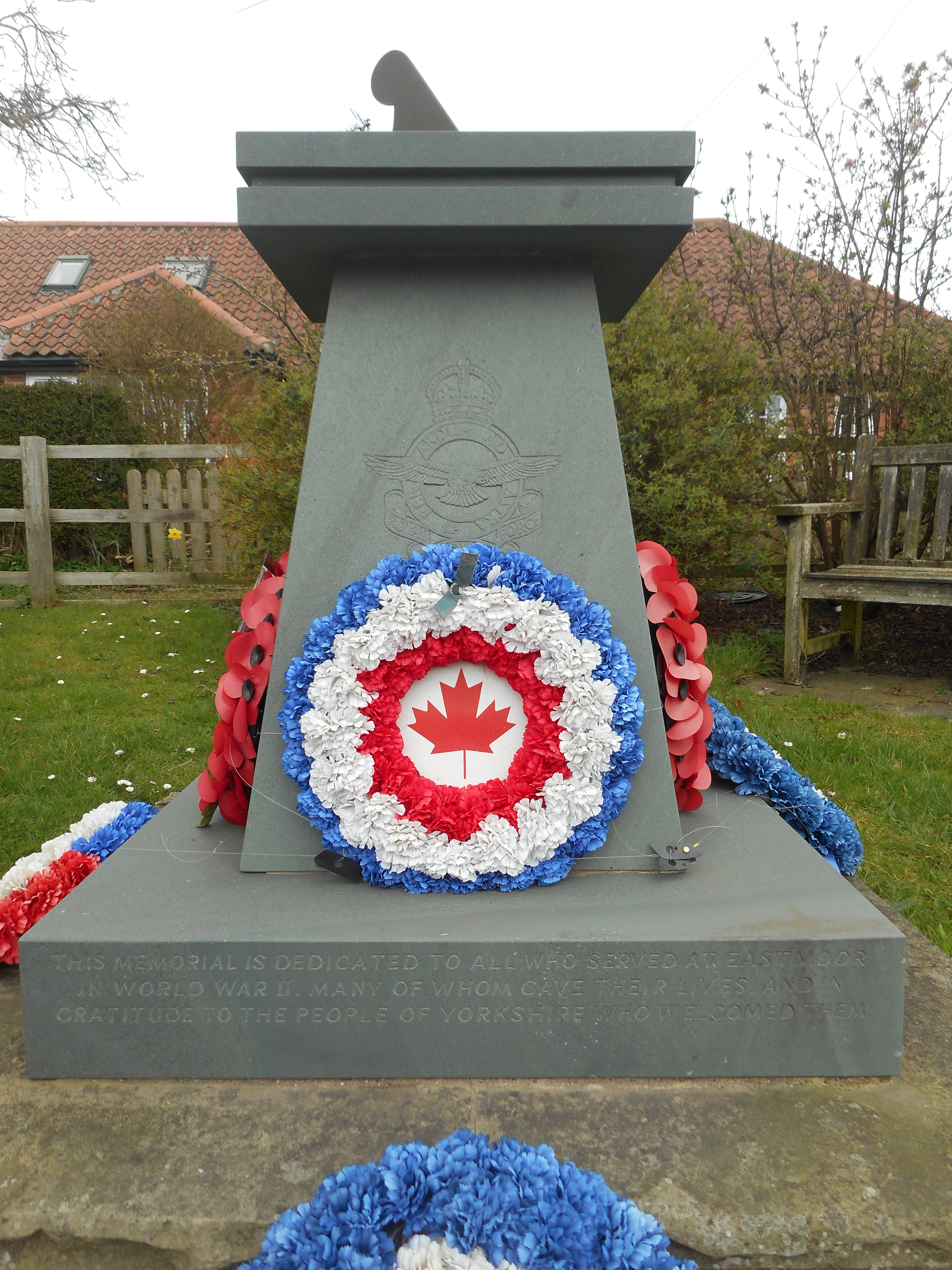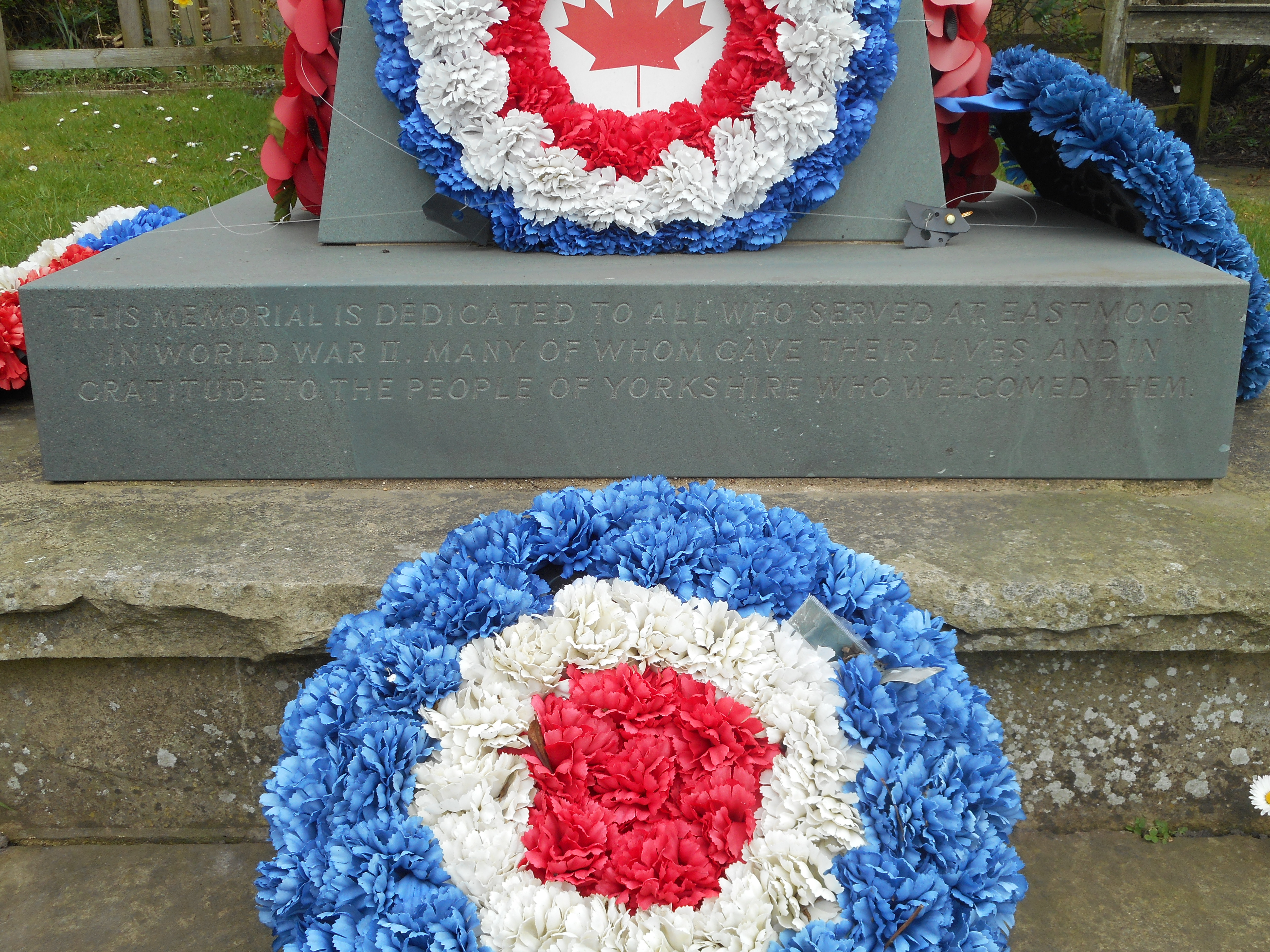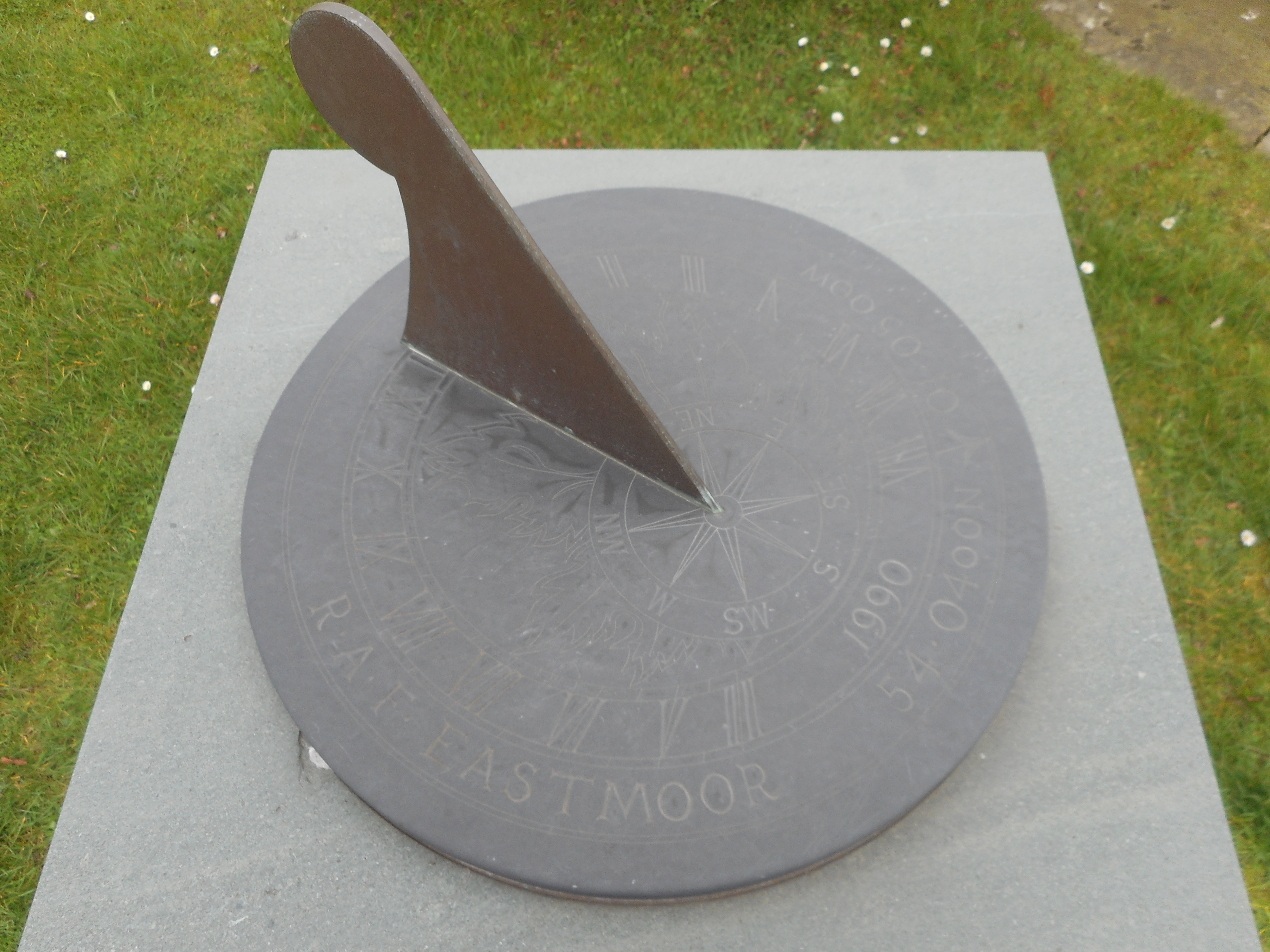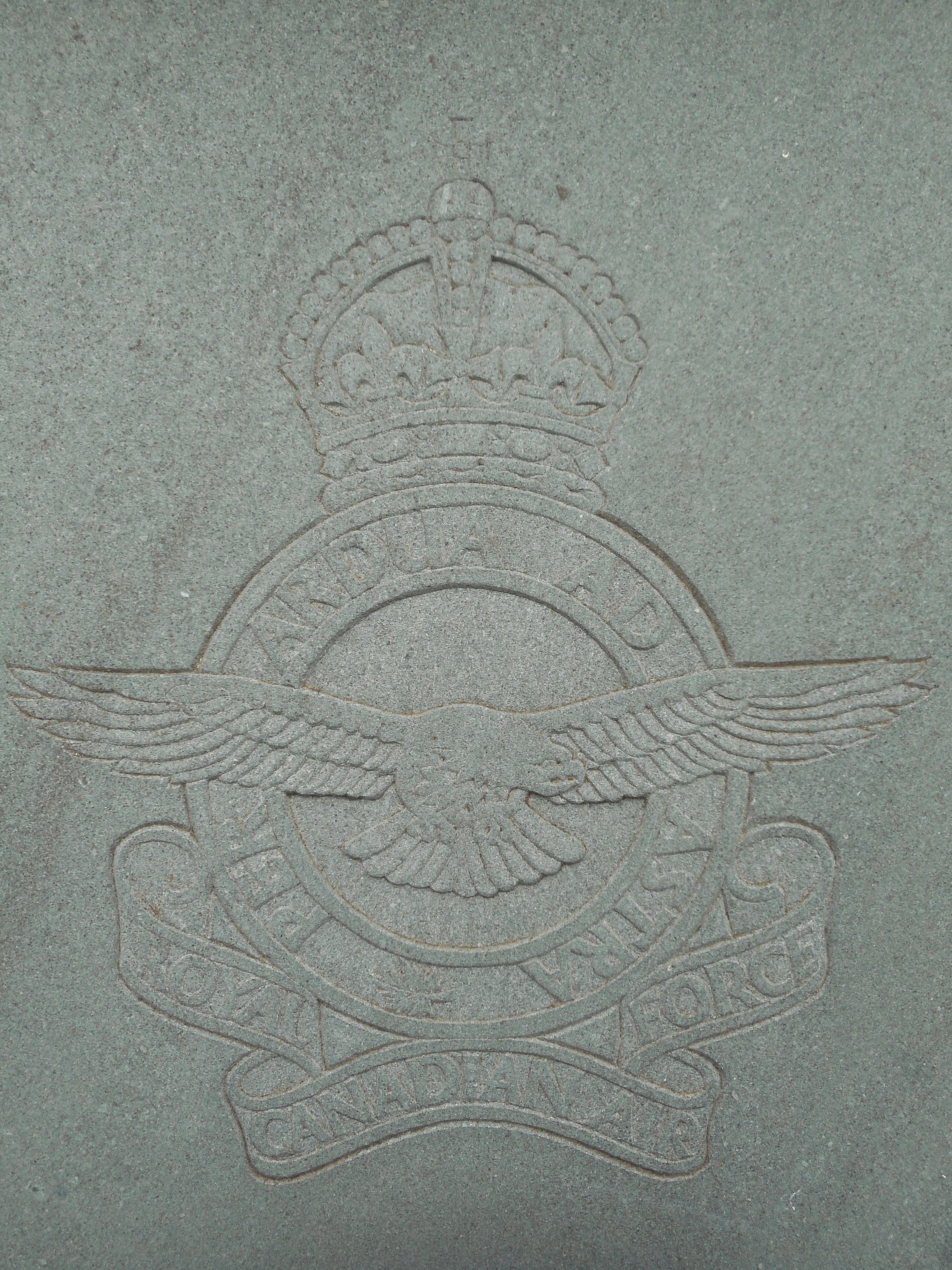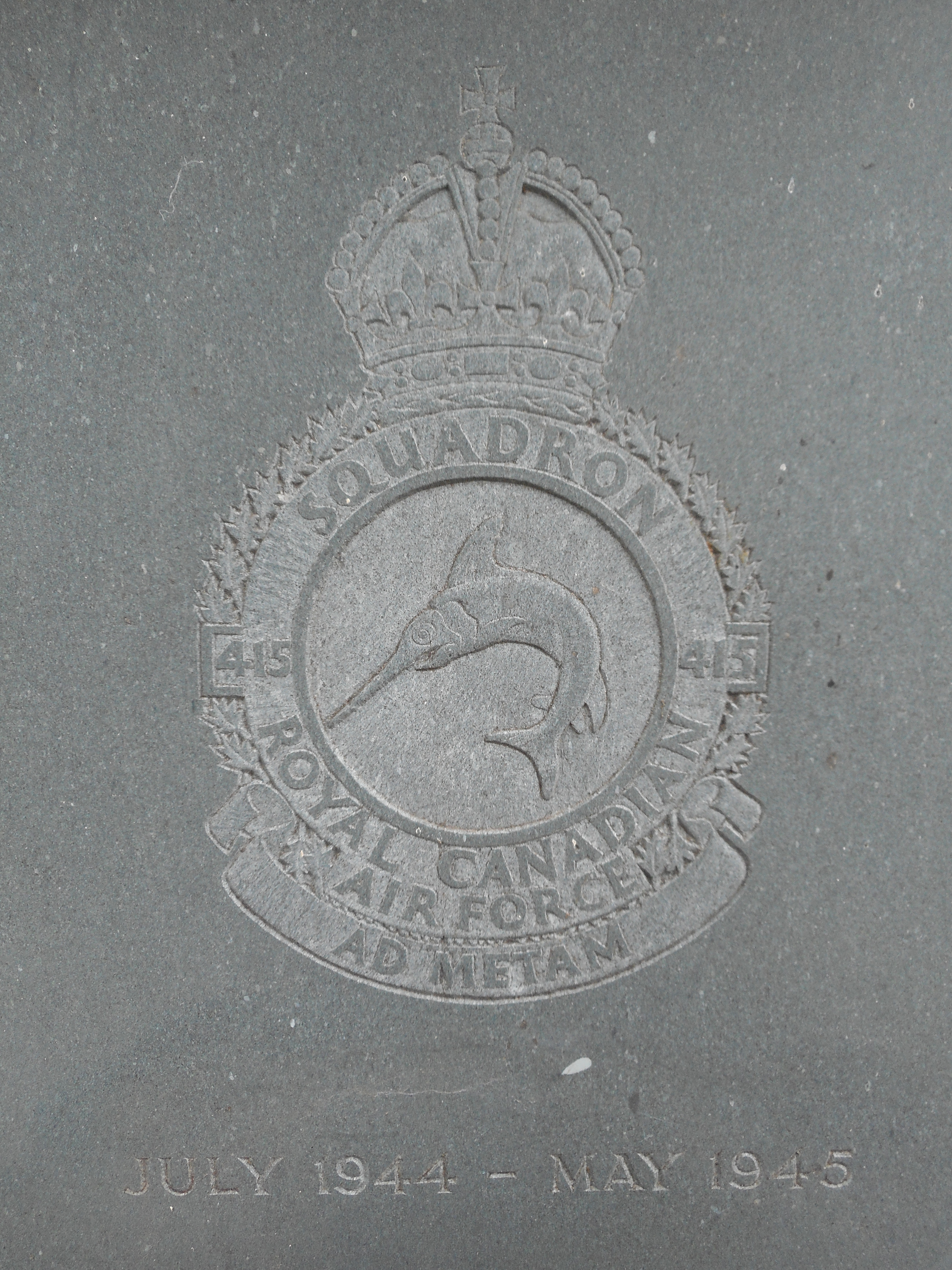Rhodes, Alfred Spencer
Personal Information
| Rank | F/S |
| Forename(s) | Alfred Spencer |
| Surname | Rhodes |
| Gender | M |
| Age | 20 |
| Date of Death | 22-06-1943 |
| Next of Kin | Son of James Bloor Rhodes and Nellie Gladys Rhodes (née Gilbert), of Bellevue, Alberta, Canada. |
Aircraft Information
| Aircraft | Vickers Wellington X |
| Serial Number | HE981 |
| Markings | AL- |
Memorial Information
| Burial/Memorial Country | Netherlands |
| Burial/Memorial Place | Bergen-op-Zoom Canadian War Cemetery |
| Grave Reference | Coll. grave 25. C. 1-2. |
| Epitaph |
IBCC Memorial Information
| Phase | 2 |
| Panel Number | 231 |
Enlistment Information
| Service Number | R/131818 |
| Service | Royal Canadian Air Force |
| Group | 6 |
| Squadron | 429 (Bison) |
| Squadron Motto | Fortunae nihil (Nothing to chance) |
| Trade | WOp/AG |
| Country of Origin | Canada |
Other Memorials
| Location | Village Centre, Sutton on the Forest, North Yorkshire |
| Country | United Kingdom |
| Memorial Type | Inscribed Stone & Metal Sun Dial |
| Memorial Text | A memorial to all those who served at RAF East Moor and in particular 415 Sqn RCAF |
Miscellaneous Information
| Alfred was born on 16 October 1922. His father worked as a carpenter and was born in Staffordshire, England and his mother in Manitoba, Canada. He had brothers, Edmund, Phillip, Harold, William, George and Robert and sisters Mary Ethel and Edna May. A third sister Bertha had died in 1931. The schools he attended were Bellevue , Alberta, 1928-1936 and then continued in 1936-1940 for grades 10 and part grade 11. The sports Alfred enjoyed were basketball, softball and skating. Alfred worked for W.F. Harvey of Bellevue, Alberta as an Assistant Carpenter, 1940-1941. |
| He enlisted on 2 October 1941. After training he was posted to the U.K. After embarking from Canada on 12 December 1942 He was then at 3 PRC on 19 December 1942, 22 OTU 23 February 1943, and 429 Squadron 4 May 1943. Sadly, Alfred was then to lose his life on 22 June 1943. |
Commonwealth War Graves Commission
The National Archives
| Record of Events (Operational Record Book) AIR 27/1852/12 |
| Summary of Events (Operational Record Book) AIR 27/1852/11 |
Fellow Servicemen
Please note that this list gives all the losses aboard the quoted aircraft and occasionally these may have occurred on an earlier date when the aircraft was not itself lost. Please check the dates of death carefully.
Last Operation Information
| Start Date | 21-06-1943 |
| End Date | 22-06-1943 |
| Takeoff Station | East Moor |
| Day/Night Raid | Night (80% moon) |
| Operation | Krefeld. 705 aircraft, 44 losses (6.2%) with night-fighters counting for most of the losses (the night was moonlit). PFF marking was near-perfect (using Oboe). A large fire in the centre of Krefeld raged unchecked for many hours. Over 5500 houses destroyed, 1056 people killed and 72000 bombed out of their homes. |
| Reason for Loss | Shot down by a night-fighter and crashed NNE of Roosendaal, Holland |


